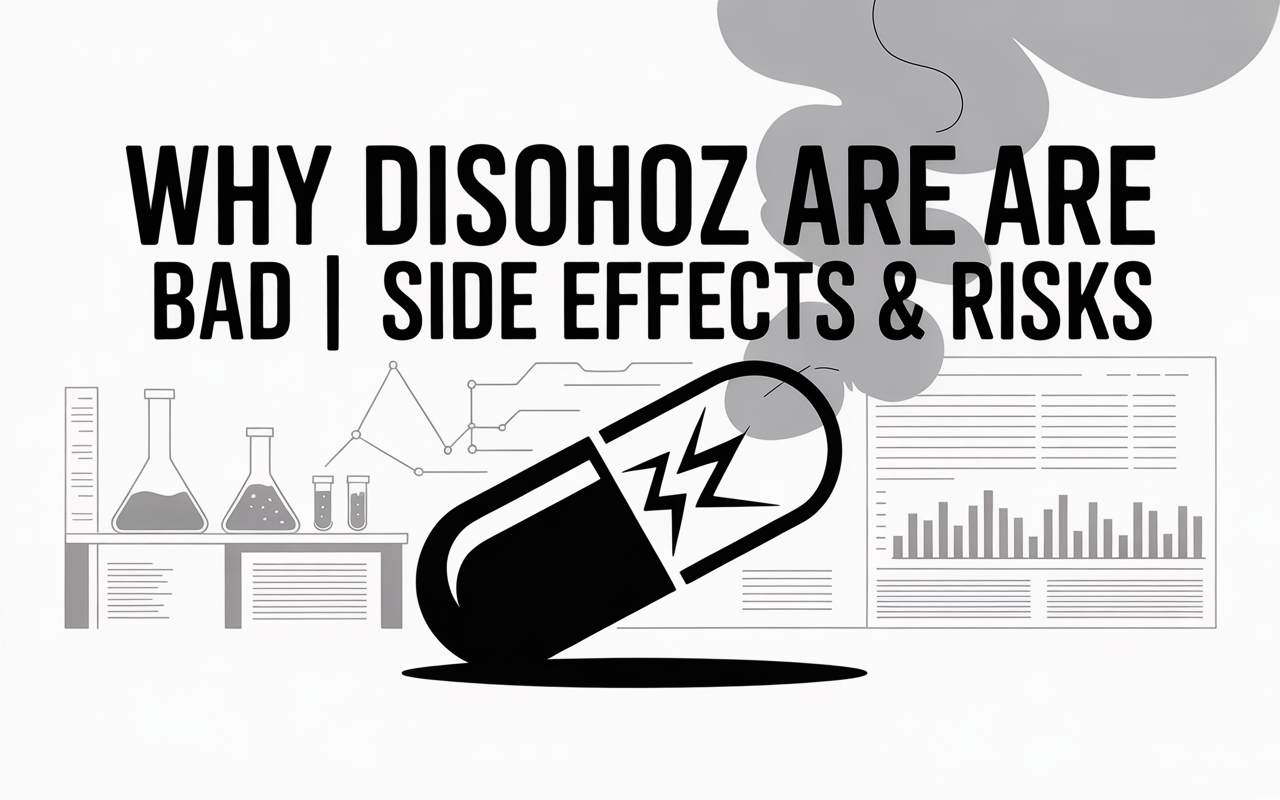In today’s world, where new substances and compounds are constantly developed for various uses, it is crucial to understand their potential impacts on health and the environment. One such substance category that raises concern is disohozid. Although not widely known, disohozid are considered harmful for several important reasons. This article explores why disohozid are bad by examining their negative effects on human health, the environment, and overall safety.
Before discussing their drawbacks, it is important to understand what disohozid refers to. While the exact definition of disohozid might vary depending on context, it generally points to chemical compounds or materials that have hazardous properties. These substances can be synthetic or naturally derived but share a common trait: they pose risks when exposed to humans or ecosystems.
Disohozid are often used in industrial processes, agriculture, or manufacturing, which increases the chances of human contact and environmental contamination.
One of the primary reasons why disohozid are considered bad is their adverse effects on human health. Exposure to disohozid can lead to:
- Toxicity: Disohozid compounds can be toxic, leading to symptoms such as headaches, nausea, dizziness, and in severe cases, damage to vital organs like the liver and kidneys.
- Respiratory Issues: When inhaled, some disohozid particles or fumes can irritate the respiratory tract, causing coughing, wheezing, or worsening conditions like asthma.
- Skin Irritation: Contact with disohozid may cause skin problems such as rashes, itching, or burns, depending on the concentration and exposure time.
- Long-Term Effects: Chronic exposure to certain disohozid may contribute to serious illnesses, including cancer or neurological disorders, due to their potential to interfere with cellular function or DNA.
These health risks make disohozid a significant concern in workplaces where such chemicals are handled, as well as in residential areas near industrial sites.
Besides human health, disohozid have detrimental effects on the environment:
- Pollution: Disohozid compounds often contaminate soil, water, and air, leading to pollution that can persist for years.
- Bioaccumulation: These substances can accumulate in plants and animals, moving up the food chain and affecting entire ecosystems.
- Harm to Wildlife: Exposure to disohozid can harm animals, causing reproductive problems, behavioral changes, or death.
- Ecosystem Disruption: Contamination from disohozid can alter the balance of ecosystems by affecting species diversity and natural processes.
Environmental damage caused by disohozid not only affects wildlife but also human populations that depend on natural resources for food, water, and livelihood.
Another reason why disohozid are bad is their persistence and difficulty in management:
- Resistance to Degradation: Many disohozid substances are chemically stable and do not break down easily, making cleanup and removal challenging.
- Costly Disposal: Proper disposal of disohozid requires specialized facilities and methods, which can be expensive and resource-intensive.
- Accidental Releases: Improper handling or accidents can lead to large-scale environmental contamination, which is hard to reverse.
This persistence makes disohozid a long-term hazard once they enter the environment.
A contributing factor to the risks posed by disohozid is the lack of widespread awareness and sometimes insufficient regulation. In many regions, there are gaps in policies controlling the use, storage, and disposal of hazardous chemicals like disohozid. Without strong regulations and public education, exposure risks remain high, particularly for vulnerable populations such as factory workers and nearby residents.
In conclusion, disohozid are bad because of their harmful effects on human health, including toxicity, respiratory problems, and potential long-term diseases. They also pose significant environmental threats through pollution, bioaccumulation, and ecosystem disruption. The persistent nature of disohozid and the challenges in managing their disposal only add to the dangers they present.
Addressing the risks associated with disohozid requires greater awareness, stricter regulations, and the promotion of safer alternatives. Protecting people and the planet from these harmful substances is essential for sustainable development and long-term well-being.
